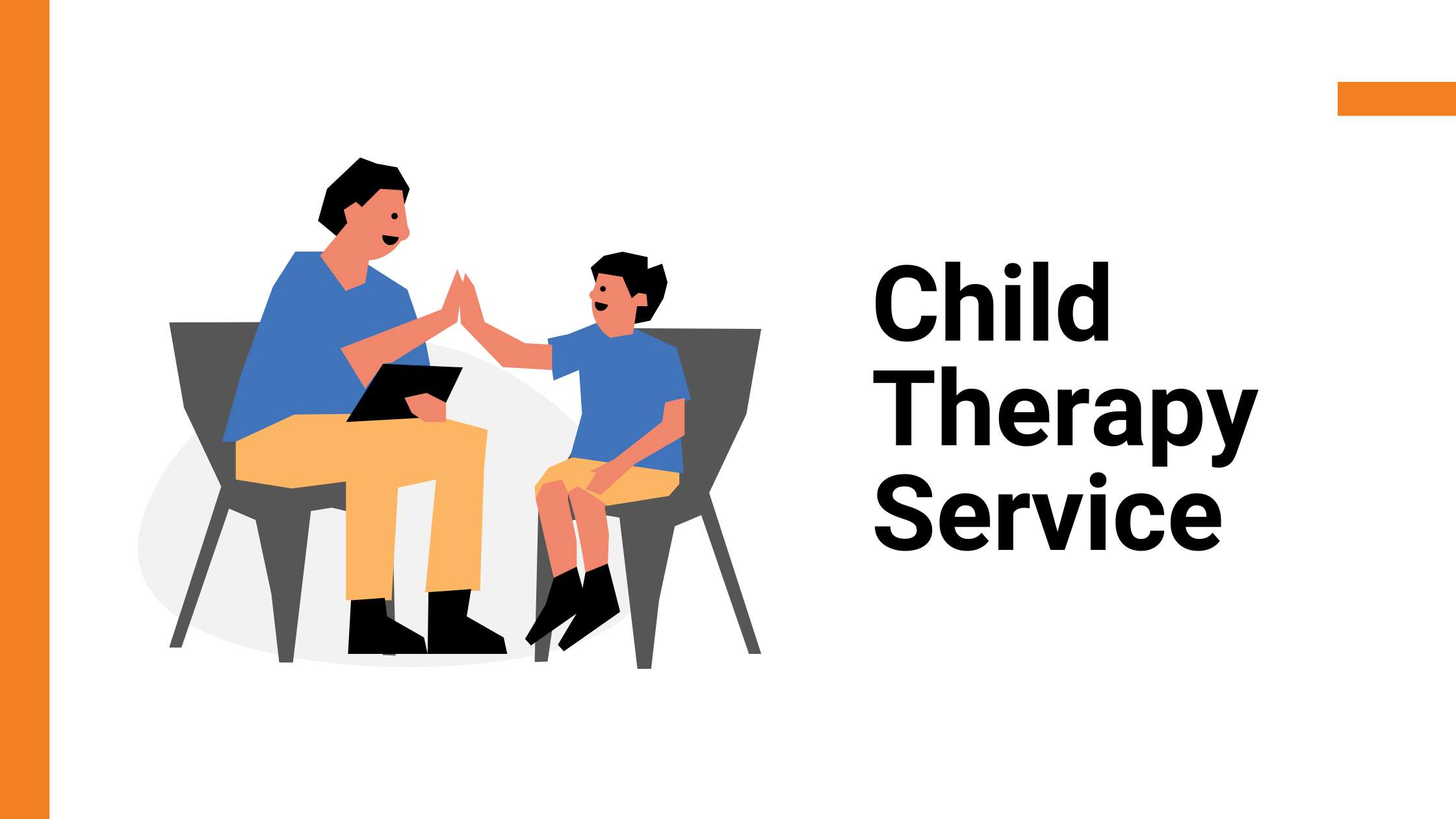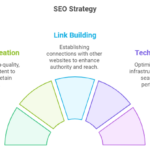The family environment is integrally connected with the mental health of children. The dynamic within a family, communication, and emotional support constitutes significant aspects of shaping up the mental and emotional well-being of a child. If a child is portrayed as suffering from emotional or behavioral problems, most of the times, it reflects the issues prevailing in the family. It is during such situations that family therapy can be of immense benefits.
Family therapy is what focuses on making the connection and communication between members better so that they can find answers to their problems together. Indeed, for children in mental health, it can bear a large impact when it clearly elucidates how factors from family systems affect the emotional needs of a child and resolve them together. This blog will explain how family therapy benefits the mental health of children and strengthens the family unit as a whole.
What is Family Therapy?
Family therapy is a form of psychotherapy in which the whole or majority of family members are led by a licensed therapist in individual and/or group therapy sessions. Usually, family therapy has issues that affect the whole system of the family rather than the individual’s problems. Family members are interwoven in such a way that changes in one of them are accompanied by a ripple effect on the whole system.
For children, family therapy will teach you the various ways by which a family setup might be adding up to create problems for a child, either through actual conflicts with or poorly communicated members or even as an emotionally unavailable relationship. Working together enables family members to provide a supportive and understanding environment that fosters the emotional development of the child.
How Family Therapy Helps Children’s Mental Health?
1.Improves Communication Within the Family This is through improving family-to-family communication. It is the primary focus of family therapy: improving communication within the family. Most emotional and behavioral problems in children arise from feelings of being misunderstood or neglected within the structure of the family. Family therapy encourages effective open, honest communication where every member of the family, including the child, can express their thoughts and feelings safely.
Teaching children how to listen and communicate more effectively helps the parents, or carers, understand their child’s needs as well as his or her struggles. So, the child is listened to and supported. This can then have a good result on the mental health of the child.
2. Constructive Conflict Resolution Families are bound to disagree on different accounts; it depends upon the extent, whether the conflict is as in the case of parents or sibling rivalry or even between parents and children. Conflicts unresolved add on to more emotional anguish to the children. Family therapy provides an organized context through which families can look at these conflicts in a constructive, non-blaming fashion.
All such conflicts can be addressed by families in a manner that may often help them find healthier means to resolve disagreements. Stress can thus be minimized by creating a happy, harmonious home environment for the child.
3. Parenting Styles That Can Gradually Affect the Mindset of a Child Here are several types of parenting styles that may have an adverse or positive influence on the psychological well-being of the child. For instance, children whose parents have an authoritarian parenting pattern may suffer from anxiety and lack of self-confidence, while children whose parents have a permissive parenting pattern may manifest behavioral problems. Family therapy will help parents understand how their parenting style may be affecting their child’s emotional development.
Different strategies can be learned through therapy in order to help the parents learn better ways of setting boundaries, offering emotional support, and fostering independence. This approach can lead to a better balanced and nurturing approach to parenting and thereby greatly benefit the mental health of the child.
4. Bond between family members the family therapy’s ideas are not to resolve conflicts only, but strengthen the bond between family members. In these therapy sessions, families can participate in numerous activities and discussions that might help strengthen and encourage bonding as well as trust. It is essential for emotional growth that a child be able to feel close to his family.
A strong family bond secures a child’s place in the world and instils in that child a sense of belonging and security, thereby decreasing many cases of anxiety, depression, or isolation. Children have greater confidence and are more likely to withstand emotionally traumatic situations when family members act for each other.
Key Techniques Used in Family Therapy
1. Systemic Family Therapy: Systemic family therapy is when the family is viewed as a whole system because every member of that family plays a role in the dynamics of the family. In this approach, therapists look into how the interaction between family members brings about psychological stress and their behaviors on the child’s mental health. Systemic therapy helps the families understand the dynamics and encourages them to bring out change and facilitate better overall functions of the family.
2. Structural Family Therapy: Structural family therapy pays much attention to the structuring and organizing of the family. This therapy examines roles, boundaries, and hierarchies that exist within the family system with respect to how they can contribute to problems the child or children are experiencing in emotional terms. For instance, a child acting out might be due to confused boundaries or role confusion within the family system.
Therapists working with this approach have helped to break down these dynamics in order to create a sense of clearer and more functional roles for the family. This can help create a more predictable environment for children and thus reduce the pain of emotional hurt.
3. Attachment-Based Therapy: This is a type of therapy that is based on the emotional relationship between family members, particularly the parents to the children. A secure attachment has a significant role to play in the emotional development of a child, whereas an insecure or disorganized attachment can lead to mental health problems like anxiety or depression.
This type of therapy helps to deepen emotional connections and build trust and attachment among family members. After strengthening the emotional bonds with others in the family, then the mental well-being of a child prospers.
Right Time for Family Therapy in A Child
In cases where a child has emotional, behavioral, or mental health issues, family therapy can be quite helpful. The following are some warning signs of which a child may benefit from the treatment approach of family therapy:
Behavioral problems: If a child’s behavior is problematic, such as aggression, defiance, or withdrawing, family therapy will identify the cause and improve the dynamics of the family.
The children may suffer from anxiety, depression, or traumatic episodes and may need family therapy since it creates an accommodating environment from the side of parents.
Family conflict: Parent-sibling conflicts or other family member conflicts persisting within the family can be stressful for the child. Family therapy creates a setting to solve such problems within the family.
Major life changes, such as divorce, a move, or the death of a loved one, can be challenging times for any child. Family therapy can help the family to process together and support the child through the emotional difficulties.
The Role of Parents in Family Therapy
Parents determine how the therapy will go. It is necessary that parents come into therapy with their heads open, wanting to get new perspectives regarding themselves and their parenting style. When parents are actively involved in the process, family therapy has been proven to be most effective in supporting improvements that may benefit the child’s mental well-being.
During therapy, parents are encouraged to perform some activities to engage with a child on issues to make better contact with the child, and they are also provided with some guidelines on how they should better approach controversial parenting issues, like limits or challenging emotions.
Through collaboration by the therapist himself along with support of his or her child during the session, parents can contribute more towards a stabilized home environment.
Benefits of Family Therapy for Parents and Siblings
1. Aids Sibling Relationship and Support Family therapy is just not limited to the relationship that exists between the parents and the children but also comprises understanding and training siblings. Often, sibling rivalry or jealousy or sibling conflicts lead to tension in the house. Such behavior, as applicable to all children, puts their mental development at risk. Family therapy makes siblings understand and support each other, make them more like a team, and of course, united.
More peacefulness in the family is created by teaching siblings how to communicate effectively and resolve their individual conflicts.
2. Promote Parenting Self-Reflection Family therapy allows parents to develop self-reflection in terms of their own behaviors and that affect the mental health of their children, a pathway to personal change and greater effectiveness in parenting for the parents who receive therapy and later report feeling more confident that they can meet their child’s emotional needs.
3. Creates a Supportive Network Family therapy creates a supportive network of people in families. This is a great benefit of this type of therapy because if family’s team up to work on challenges, they create a network where every member feels heard and valued. Such networking becomes essential for children since it gives them an emotionally safe environment where they can learn to grow without feeling lonely or hopeless in dark times.
Case Example: How Family Therapy for a Child with Anxiety Helped Serve a Resilience Function
James is 10 years old. He has severe anxiety and refuses to go to school. His parents can’t agree on what to do. His mother thinks she is being overly protective, while his father believes James is being punished too little. The constant disagreement between his parents only made James feel more anxious.
The family realized their need for help and went for family therapy. In this regard, it is revealed that the variations in parenting styles were worsening James’s anxiety. Through communication and coming to a mutual agreement on common grounds, it helped James’s parents to form a consistent approach toward handling his anxiety. Through this, James’s symptoms began improving as well as he gained greater confidence in dealing with his anxiety at school.
For more blogs: webvk
Conclusion
This is an effective tool for solving any psychological disorder issues in children within the framework of the family unit. Improving communication, resolving conflict, or encouraging strong emotional bonding can flourish in a supportive environment where children can thrive emotionally. It empowers families to work towards better mental health outcomes for the child and stronger families.
A family therapy would be in order if your child is having issues with emotions or behaviors. Family therapy can really make a long-lasting positive difference in how your child comes to understand and approach their mental health.


